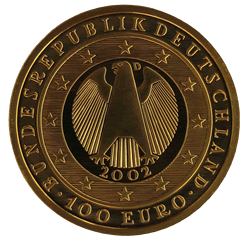


Increases in fuel costs, power demands and emissions regulations, as well as the need to reduce operating costs, have forced different industry segments to improve plant efficiency.
The Data Mining and Process Control (DMPC) package developed by CCS offers you a PC-based software solution to improve operational efficiency and regulatory compliance challenges throughout the full plant operating range.
Its modular structure allows implementation at different stages; starting from your turbo machinery control panels to plant level control.


Our DMPC solution employs data mining algorithms to diagnose and perform optimization of continuous processes. We utilize computation capabilities of modern microprocessor equipment and sophisticated data mining algorithms in real-time control systems. The algorithms are a set of mathematical modeling techniques that enable the control system to turn your raw data into a dynamic (as well as static) model of the continuous process. The optimization technique provides real-time setpoints to your existing control system to optimize the distribution of load demands across multiple units and determines the optimum amount of operating units.



Die Qualität von unseren Produkten und Dienstleistungen ergibt sich nicht nur aus dem, was wir hineingesteckt haben. Sie ist vor allem das, was der Kunde daraus gewinnt. Somit ist der Gewinn nicht die Basis für uns, sondern das Resultat der Dienstleistung für den Kunden.